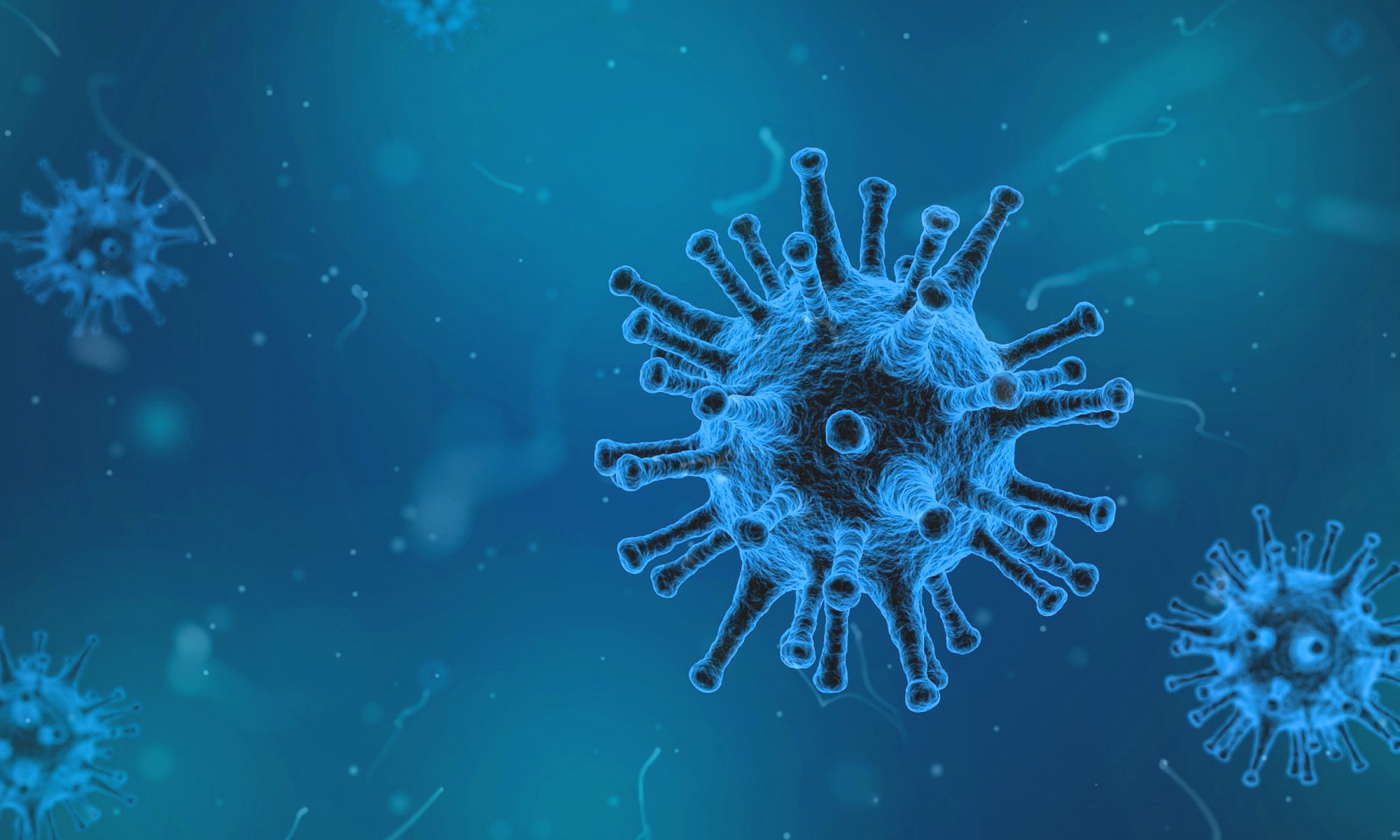Public Health England, Porton Down, Report
THE SCIENCE
Medi-Immune’s technology uses UVc to sterilize any airborne pathogens being inhaled by the wearer. The air passes through a compact portable irradiation chamber which has been engineered so that, for a low input of power, a high dose of UVc is delivered. At normal breathing rates, in excess of a log 10 reduction in viable Influenza A viral particles is achieved, i.e. less than 1 in 10,000,000,000 remains viable.
The use of UVc (254nm wavelength) as a method for disabling micro-organisms, was discovered in the late 19th century. Around that time, Niels Finsen, a Danish physician, created a UVc emitting lamp, to successfully treat tuberculosis. This discovery earned him the 1903 Nobel Prize for Medicine and Physiology. Since then many scientific and engineering papers have been published on the sensitivity of various micro-organisms to UVc and its germicidal effectiveness.
Energetic UVc photons pass through micro-organisms damaging their nucleic acid (RNA or DNA) which effectively disables their ability to reproduce. All published data confirm that UVc is an effective germicidal process [1, 2].
Using the published sensitivity data, Medi-Immune can confirm that their technology applies to all airborne pathogens.
Medi-Immune’s technology does not use a filter, which improves breathability.
Filtration facemasks are ineffective in protecting against airborne pathogens because the pressure drop across the filter is such that, even with very careful fitting, leaks occur at the interface between the mask and the wearer’s face. In a review of Respirator and Mask Protection Levels, [3], the author, Jeff Charlton, states: “Most importantly, it can be seen that the better the filter performance or ability to stop additional gas or chemical hazards the protection factor actually drops. This is because the increased resistance caused by the better filtration results in a higher risk of leakage at the mask edges or face seal.”
Additional drawbacks with filtration systems are that, over time, the filters become blocked and contaminated. The first reduces their effectiveness and increases their air resistance. The second requires careful disposal and as there are no filters in the ProtectivAir® device there are no risks associated with disposal of contaminated waste.
Recent research [5] states “Any influenza viruses produced in eggs have to adapt to growing in that environment and hence generate mutations to grow better”. The research covered the H3N2 subtype which “mutates a key protein to better attach to receptors in bird cells” and which “disrupts the region on the protein that is commonly recognized by our immune system.”
The result of this is that seasonal flu vaccines containing this subtype “… have proven only 33 per cent effective against H3N2 viruses.”
Medi-Immune’s technology sterilizes airborne pathogens in real-time.Tests, on Medi-Immune’s technology, carried out by Public Health England, Porton Down, have validated the protection functionality.
The Medi-Immune Intellectual Property is protected by a family of patents. Further patent applications have been registered.
References
1 – Philp W Brickner, et al, The Application of Ultraviolet Germicidal Irradiation to Control the Transmission of Airborne Diseases: Bio-terrorism Countermeasures, Public Health Reports, 1st March 2003
2 – Nicholas G Reed, The History of Ultraviolet Germicidal Irradiation for Air Disinfection, Public Health Reports, Jan-Feb 2010
3 – Jeff Charlton, Pandemic Planning : A Review of Respirator and Mask Protection Levels, Disaster Advice, undated
4 – Igor M Belyakov and Jeffrey D Ahlers, What Role Does the Route of Immunization Play in the Generation of Protective Immunity against Mucosal Pathogens?, The Journal of Immunology, 1st December 2009.
5 – News Release, How flu shot manufacturing forces influenza to mutate, The Scripps Research Institute, 30th October 2017
